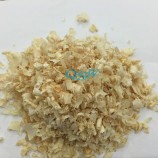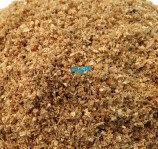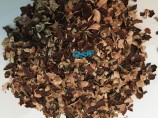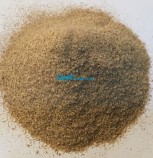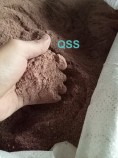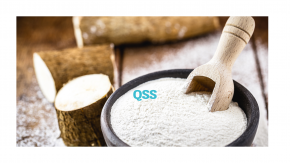|
Contact us
|
Native Tapioca Starch
Vietnamese Tapioca Starch Vietnamese tapioca starch is also called cassava starch. It is a nutritious white flour extract derived from the cassava root. In reality, tapioca starch is the main raw material in food industry, alcohol industry, binding materials. Vietnam is the second largest country that exports cassava and products from cassava in the world. In 2016, total value of cassava and products from cassava export of Vietnam reached to one billion US dollars. Not surprisingly, cassava root and Vietnamese tapioca starch dominated a large percentage.
China is the largest market that imports cassava and made-from-cassava products from Vietnam. In addition, there are some main import markets such as Germany, Argentina, South Korea, Philippines…
Total cultivation area of cassava was 560,000 hectares (in 2012) with total annual quantity of fresh cassava root of more than 9.5 million tonnes. Cassava is planted in all provinces in Vietnam, but mostly in Kon Tum, Gia Lai, Dak Lak, Dak Nong provinces. With more than 100 factories, we can supply more than one million tonnes of Vietnamese tapioca starch to foreign markets each year.
The process of making tapioca starch involves several steps, including: 1) Harvesting and making clean the cassava roots: at the begin, cassava roots are harvested and washed to remove any dirt or debris.
|

